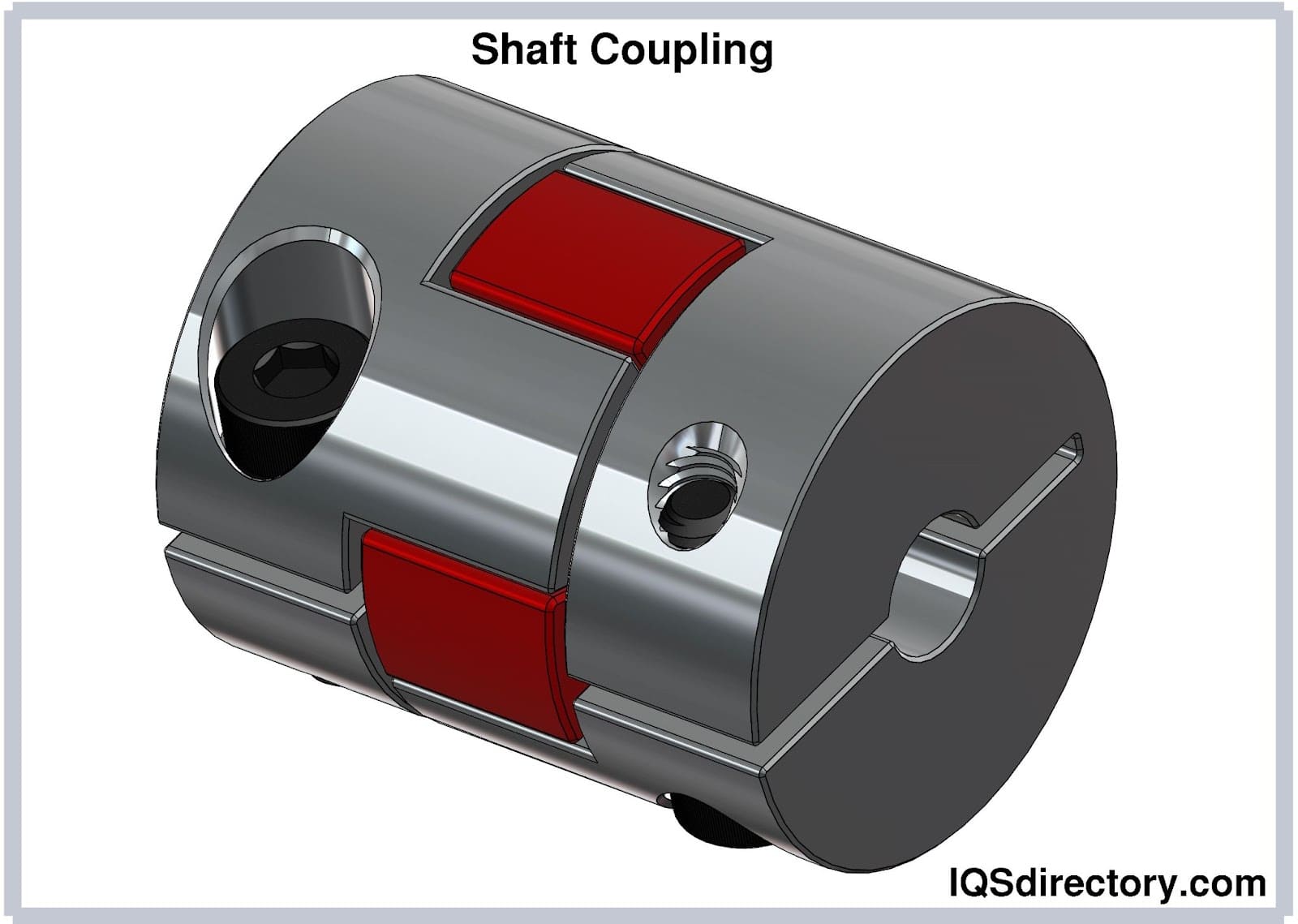Temporary fencing doesn’t always get the spotlight, but when you’re managing a construction site, organising an outdoor event, or navigating public safety laws, it becomes one of the most important pieces of infrastructure in the toolkit.
The key is knowing that not all temporary fences are built the same. Some are designed for security, others for crowd control, and some purely for compliance. Choosing the right one for the job isn’t just about cost or convenience—it can also affect everything from safety and legal compliance to the overall success of your project.
Let’s take a closer look at the different types of temporary fencing available, how they function, and when each is the best fit.
1. Temporary Chain Link Fencing
Best for: Construction zones, demolition sites, restricted areas
Chain link fencing is one of the most common and practical types of temporary fencing around. It’s exactly what it sounds like: interlocking steel wires stretched across metal posts, offering a secure and durable boundary.
Why it works:
- Strong deterrent against trespassers or unauthorised access
- Can be extended with barbed wire or fitted with privacy screens
- Meets safety regulations on many building and construction sites
It’s a go-to for long-term use, especially in areas where you need solid, secure boundaries. And since it’s modular, it can be scaled up or down as your project expands or wraps up.
2. Mesh Panel Fencing
Best for: Festivals, marathons, crowd control, short-term events
Mesh panels are lighter than chain link but still provide structure and visibility. These portable fences are easy to install, remove, and reposition, making them ideal for one-off or recurring events.
Why it works:
- Maintains visibility for security staff and the public
- Helps direct pedestrian flow without feeling too restrictive
- Easily branded with banners or covers if needed
They’re great for keeping things organised without giving off a “keep out” vibe—perfect for public-facing events.
3. Hoarding Panels (Solid Temporary Fencing)
Best for: Construction in urban areas, sites near roads or footpaths, privacy-sensitive projects
Hoarding fencing is made from solid materials—usually timber or metal—and used where visual privacy and sound reduction are important. It’s often seen around high-rise builds or developments in city centres.
Why it works:
- Completely blocks the public view of the site
- Reduces noise and dust pollution in high-traffic areas
- Creates a physical barrier that’s hard to tamper with
It’s also a favourite for branding. Many developers use hoarding panels to advertise their project, display safety info, or feature community art installations to improve the street view during long builds.
4. Plastic or Water-Filled Barriers
Best for: Roadworks, car parks, public transport zones
These brightly coloured barriers are used to create safe zones for pedestrians and to separate traffic lanes. Lightweight when empty, they’re easy to move and position. Once filled with water or sand, they become heavy enough to withstand wind and minor impact.
Why it works:
- Highly visible even in low-light conditions
- Fast setup and breakdown
- Ideal for temporary rerouting or hazard warnings
They’re not made for security but excel in managing movement and minimising confusion in busy public areas.
5. Temporary Pool Fencing
Best for: Residential or commercial pools under construction, compliance during renovations
Pools under construction still pose a serious safety risk, especially to children and pets. Temporary pool fencing is required in many jurisdictions until permanent barriers are in place.
Why it works:
- Complies with local pool safety regulations
- Quick to install and dismantle
- Usually includes self-latching gates and proper height standards
Even if your project is just in the early stages, temporary pool fencing ensures you’re legally and ethically covered.
6. Electric Temporary Fencing
Best for: Agricultural use, livestock containment, rural site security
Not just for farms anymore, temporary electric fences are increasingly used in large-scale outdoor environments to deter unauthorised entry. They’re easy to power using batteries or solar panels.
Why it works:
- Lightweight and easy to move
- Delivers a mild, safe electric pulse on contact
- Cost-effective for large, open areas
It’s ideal when you need a functional deterrent without investing in a full security fence.
7. A-frame or Cone-Linked Safety Barriers
Best for: Sidewalk maintenance, cable work, indoor refurbishments
These are the small-scale heroes of the fencing world. Plastic cones, linked with chains or caution tape, help demarcate temporary hazards or maintenance zones.
Why it works:
- Fast deployment for small jobs
- Very lightweight and easy to store
- Effective for short-term pedestrian alerts
They’re less about heavy-duty protection and more about keeping people out of harm’s way while work gets done.
8. Welded Wire Panels
Best for: Sites needing both security and transparency
These resemble mesh panels but are made of stronger material and tighter grids. They’re used when you need a clean, professional appearance and a reliable barrier, without the industrial look of chain link.
Why it works:
- Tougher than standard mesh
- Often used in commercial or government projects
- Can be paired with concrete blocks for added stability
They’re ideal for environments where aesthetics and security both matter—think schools, government sites, or VIP events.
Choosing the Right Fence: It’s All About Context
When picking a temporary fencing type, here are three key questions to ask:
- What is the purpose? (Security? Safety? Crowd management?)
- How long will it be in place? (A weekend? Several months?)
- What kind of exposure will it have? (Public space? Remote area?)
You should also consider local laws and permitting requirements—some jurisdictions mandate specific types of fencing for construction or pool safety, for example.
Bonus Consideration: Add-Ons and Accessories
Many temporary fencing options can be customised with useful features:
- Privacy screens for visual block-outs
- Anti-climb extensions for added security
- Wind braces or stabilisers for storm-prone areas
- Noise-reducing panels for inner-city worksites
So if your needs change mid-project, there’s often no need to switch the whole fencing system—just upgrade the components.
Final Thoughts
Temporary fencing may seem like a logistical detail, but it plays a vital role in keeping people safe, operations compliant, and environments manageable. Whether you’re dealing with a tight city street or a wide-open paddock, there’s a temporary fencing solution that fits the bill.
Ultimately, it’s not just about throwing up a barrier—it’s about thinking ahead. Choosing the right fencing type ensures smoother operations, fewer headaches, and better results all around.
Let your fencing do more than just divide space—let it support your goals.




